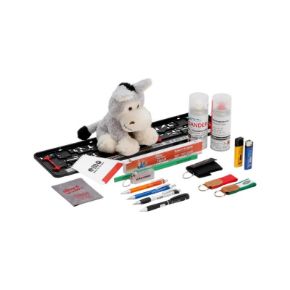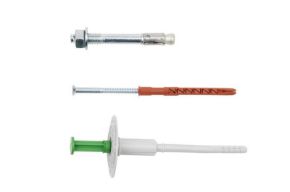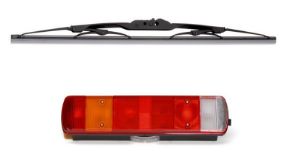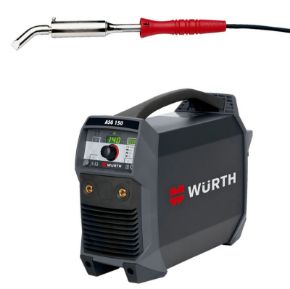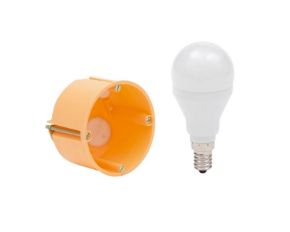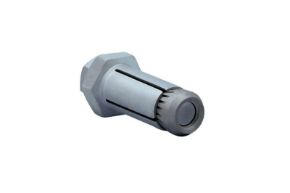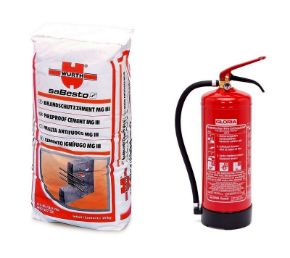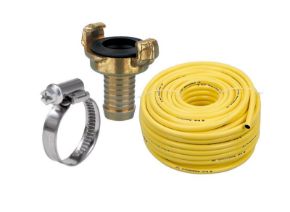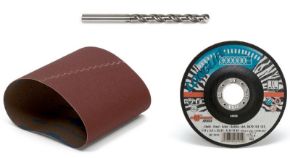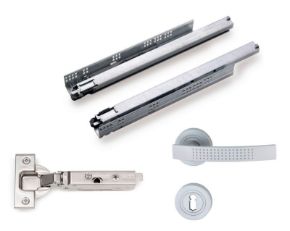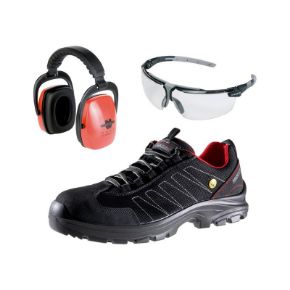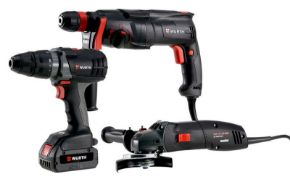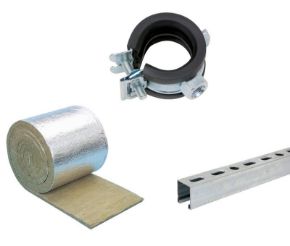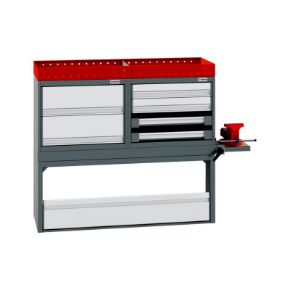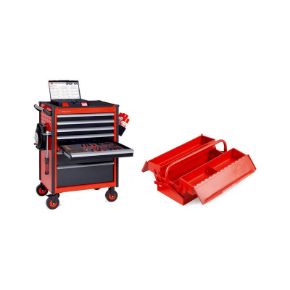The Dangers of Wood Dust (adapted from from www.wuerth.de)
Wood dust is dangerous. When it gets inhaled, it can infect and cause severe health issues to the human body. Fine wood dust can lead to serious health problems, depending on the type of wood - from chronic inflammation to nasal cancer. For carpenters, wood hobbyists and other woodworking companies protection from wood dust is a must. From suction to respirators - we'll tell you how to prevent wood dust from endangering yours and your employees' health.
Which occupational groups are particularly at risk from wood dust?
In Europe, an estimated 2 million people work in the wood industry. In principle, wood dust can be a health threat to any of them, albeit to varying degrees. Parquet installers, wood workers and carpenters who work with wood should also strive to provide adequate protection against wood dust.
The nose is considered to be particularly prone to cancer, as it is exposed to numerous environmental influences every day. The nasal mucous membrane filters harmful gases or dust particles so that they do not enter the lungs. However, these pollutants remain stuck in the nasal mucosa and can cause cancer, as well as other diseases such as asthma, acute or chronic inflammation of the nasal mucosa or allergies.
Signs of nasal cancer may include frequent, mild nosebleeds, increased secretion, and obstruction of nasal breathing. In that case you should urgently consult a doctor.
How can you protect yourself and your employees from wood dust?
Wurth offers a vast range of personal protective equipment (PPE). As responsible carpenter or woodworker, you must protect your employees and yourself by providing respirators, masks and goggles. Wurth also offers a large selection of hand abrasives, designed at minimising the amount of dust generated. You also need to be sure that your workers are not overburdening and reducing the workload to a minimum required. You and your employees should be adequately train in using such equipment and that this equipment is checked and changed regularly according to usage and needs. Furthermore, you must make sure that your woodworking machines are cleaned regularly. This reduces the amount of dust particles already adhering to the tool.
Always advise your employees to exercise caution and to be alert for any signs of ailment. Make them aware of the health risks of wood dust and look for a regular check-up of your employees by an ENT specialist as aforementioned in this article.

